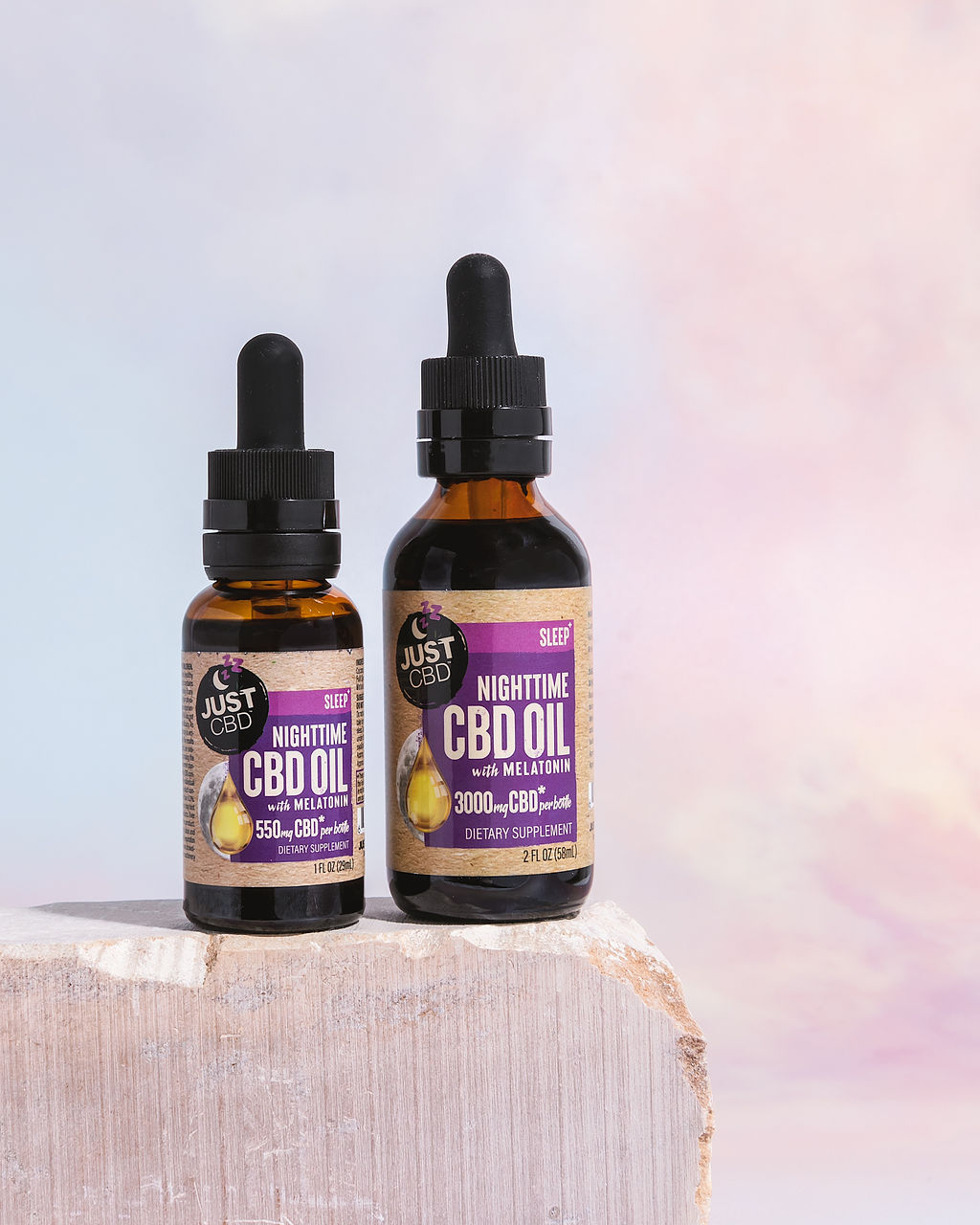What is Kratom and How Does It Work?
Kratom, derived from the leaves of the Mitragyna speciosa tree native to Southeast Asia, has gained significant attention for its potential therapeutic effects. It contains psychoactive compounds, primarily mitragynine and 7-hydroxymitragynine, which interact with opioid receptors in the brain. These interactions can produce a range of effects, including pain relief, euphoria, and sedation.
Chemical Compounds
Kratom is a botanical substance derived from the leaves of the Mitragyna speciosa tree. It contains various chemical compounds, notably mitragynine and 7-hydroxymitragynine, which are known as alkaloids. These compounds exhibit opioid-like effects by binding to opioid receptors in the brain.
Mitragynine is thought to be responsible for kratom’s pain-relieving and euphoric properties. 7-hydroxymitragynine contributes to the sedative effects of kratom. The interaction of these alkaloids with opioid receptors can modulate pain perception, mood, and energy levels.
Mechanism of Action on Opioid Receptors
Kratom exerts its effects through interactions with opioid receptors in the brain. Mitragynine, a primary alkaloid found in kratom, binds to mu-opioid receptors, similar to morphine and heroin. This binding triggers a cascade of events that results in pain relief, euphoria, and sedation.
7-hydroxymitragynine, another key alkaloid in kratom, also interacts with opioid receptors but has a higher affinity for the kappa-opioid receptor subtype. Activation of kappa receptors can contribute to kratom’s sedative effects and potentially play a role in its potential therapeutic benefits for managing anxiety and depression.
Kratom’s Potential for Opioid Withdrawal Relief
Kratom, a botanical extract from Southeast Asia, has emerged as a potential tool in the fight against opioid addiction. Its active compounds, mitragynine and 7-hydroxymitragynine, mimic the effects of opioids by binding to opioid receptors in the brain. This interaction may help alleviate withdrawal symptoms associated with opioid dependence, offering a possible alternative for those seeking relief.
Empirical Evidence
The potential of kratom for relieving opioid withdrawal symptoms is an area of active research, but evidence remains limited and inconclusive. Some anecdotal reports suggest that kratom can help manage withdrawal symptoms like pain, nausea, and anxiety. However, well-designed clinical trials are needed to confirm these findings and determine the optimal dosage and duration of use.
A few small studies have explored kratom’s potential in opioid withdrawal management. These studies have shown mixed results, with some indicating potential benefits while others found no significant effects. It’s important to note that these studies often had methodological limitations, such as small sample sizes and lack of control groups.
The mechanisms by which kratom might alleviate withdrawal symptoms are thought to involve its interaction with opioid receptors. Both mitragynine and 7-hydroxymitragynine, the primary alkaloids in kratom, bind to opioid receptors, potentially reducing cravings and discomfort associated with opioid dependence.
Animal Studies
Animal studies have provided some insights into the potential effects of kratom on opioid withdrawal. Research has shown that kratom extracts can reduce symptoms like hyperactivity, restlessness, and yawning in animals undergoing opioid withdrawal.
In these studies, kratom administration appeared to lessen the severity of withdrawal symptoms, suggesting a possible mechanism for alleviating discomfort associated with opioid dependence. However, it’s important to note that animal models may not fully replicate the complexities of human opioid withdrawal, and further research is needed to confirm these findings in humans.

Anecdotal Reports
Kratom has gained attention as a potential aid in managing opioid withdrawal symptoms. Anecdotal reports suggest that kratom can help alleviate discomfort associated with opioid dependence.
- Some individuals report experiencing relief from pain, nausea, and anxiety during withdrawal when using kratom.
- However, these accounts are largely based on personal experiences and lack scientific validation.
It’s important to emphasize that research on kratom’s efficacy in opioid withdrawal is limited and inconclusive. While some small studies have shown promising results, larger, well-designed clinical trials are needed to confirm its effectiveness and determine safe dosages.
Potential Benefits and Risks
Kratom has emerged as a potential treatment option for those struggling with opioid withdrawal. Its ability to interact with opioid receptors in the brain offers a possible alternative for managing symptoms like pain, nausea, and anxiety. However, it is crucial to acknowledge that research on kratom’s effectiveness for this purpose is still in its early stages.
Pain Relief
The potential benefits of kratom in alleviating opioid withdrawal symptoms include pain relief, reduced anxiety, and a decreased likelihood of relapse. Kratom may help manage withdrawal by mimicking the effects of opioids, potentially reducing cravings and discomfort associated with dependence.
However, there are also risks associated with using kratom, especially when it comes to individuals who are already struggling with opioid addiction. Kratom can be addictive itself, and its use could potentially exacerbate existing substance use problems. Additionally, kratom’s long-term effects are not well understood, and there is a risk of adverse reactions such as nausea, constipation, and liver damage.
Given the limited research and potential risks, it’s crucial to approach kratom with caution. Consultation with a healthcare professional is essential before considering its use, particularly for individuals with opioid use disorder. They can provide guidance on potential benefits, risks, and safe usage practices, if deemed appropriate.
Other Symptom Management
Kratom may offer potential benefits in managing opioid withdrawal symptoms such as pain relief, reduced anxiety, and decreased cravings. It is believed to work by interacting with opioid receptors in the brain, mimicking the effects of opioids. However, there are also significant risks associated with kratom use.
Potential risks include addiction, as kratom itself can be habit-forming. Additionally, long-term effects of kratom are not well understood, and adverse reactions like nausea, constipation, and liver damage have been reported.
Other symptom management strategies for opioid withdrawal include medication-assisted treatment (MAT) using medications like buprenorphine or methadone, behavioral therapies such as cognitive-behavioral therapy (CBT), and support groups.
Side Effects and Adverse Reactions
Kratom’s potential benefits in managing opioid withdrawal symptoms, such as pain relief, reduced anxiety, and decreased cravings, are promising but need further research.
Risks associated with kratom include its addictive nature, potential for adverse reactions like nausea, constipation, and liver damage, and the lack of long-term safety data.
Interactions with Other Medications
Kratom’s potential benefits in managing opioid withdrawal symptoms include pain relief, reduced anxiety, and decreased cravings. It is thought to work by interacting with opioid receptors in the brain, mimicking the effects of opioids and potentially reducing withdrawal discomfort.

However, there are significant risks associated with kratom use. Kratom itself can be addictive, and its long-term effects are not well understood. Potential adverse reactions include nausea, constipation, liver damage, and withdrawal symptoms similar to those experienced when stopping opioid use.
Kratom may interact with other medications, especially those that affect the central nervous system or impact opioid receptors. This interaction could lead to unpredictable effects or increase the risk of side effects. It’s crucial to consult a healthcare professional before using kratom if you are taking any other medications to assess potential risks and interactions.
Legal Status and Regulations
The legal status of kratom varies significantly across different countries and jurisdictions. Some countries have completely banned kratom, while others have legalized it or are considering doing so. Regulations regarding its sale, possession, and use also differ widely. Understanding the specific legal framework surrounding kratom in your region is essential before considering its use.
Varying Legality Across Jurisdictions
The legal status of kratom varies greatly around the world.
Some countries have completely banned kratom, while others permit its sale and use under certain regulations.
Within the United States, kratom’s legal status is a patchwork, with individual states having their own laws regarding its possession, sale, and consumption.
It’s essential to research the specific laws in your jurisdiction before using kratom, as penalties for non-compliance can vary.
Regulation and Quality Control Concerns
The legal status of kratom is complex and varies widely around the world. Some countries have outright banned it, while others allow its sale and use under certain regulations. Within the United States, kratom’s legal status is a patchwork, with individual states having their own laws regarding its possession, sale, and consumption. It is essential to research the specific laws in your jurisdiction before using kratom, as penalties for non-compliance can vary.
Regulations regarding quality control for kratom products are also inconsistent. The lack of standardization in sourcing, manufacturing, and testing can lead to variations in potency and potential contaminants. Consumers should be cautious about the source of their kratom and look for products that have been third-party tested for purity and safety.
Alternatives to Kratom for Opioid Withdrawal
For individuals struggling with opioid withdrawal, there are various alternatives to consider beyond traditional medications.
Medication-Assisted Treatment (MAT)
For those seeking alternatives to kratom for managing opioid withdrawal, medication-assisted treatment (MAT) offers a proven and effective approach. MAT utilizes medications like buprenorphine, methadone, or naltrexone to reduce cravings, alleviate withdrawal symptoms, and decrease the risk of relapse.
Buprenorphine and methadone are opioid agonists that bind to opioid receptors, reducing the effects of both opioids and withdrawal symptoms. Naltrexone, an opioid antagonist, blocks the euphoric effects of opioids, helping individuals avoid relapse.
In addition to MAT, behavioral therapies such as cognitive-behavioral therapy (CBT) can be highly effective in addressing the psychological aspects of addiction. CBT helps individuals develop coping mechanisms for managing cravings, triggers, and stress.
Support groups, both online and in-person, provide a valuable source of connection, understanding, and encouragement throughout the recovery process.
Therapy and Support Groups
For those seeking alternatives to kratom for managing opioid withdrawal, medication-assisted treatment (MAT) offers a proven and effective approach. MAT utilizes medications like buprenorphine, methadone, or naltrexone to reduce cravings, alleviate withdrawal symptoms, and decrease the risk of relapse.
- Buprenorphine and methadone are opioid agonists that bind to opioid receptors, reducing the effects of both opioids and withdrawal symptoms.
- Naltrexone, an opioid antagonist, blocks the euphoric effects of opioids, helping individuals avoid relapse.
In addition to MAT, behavioral therapies such as cognitive-behavioral therapy (CBT) can be highly effective in addressing the psychological aspects of addiction. CBT helps individuals develop coping mechanisms for managing cravings, triggers, and stress.
Support groups, both online and in-person, provide a valuable source of connection, understanding, and encouragement throughout the recovery process.
Just Kratom’s Kratom Gold Shots for Sale
- Is Baby Botox The Right Treatment For You In Surrey? - September 29, 2025
- Filler For Volume Loss In Walton-on-Thames, Surrey - September 28, 2025
- Downturned Smile Treatment Near Shirley, Surrey - September 26, 2025
